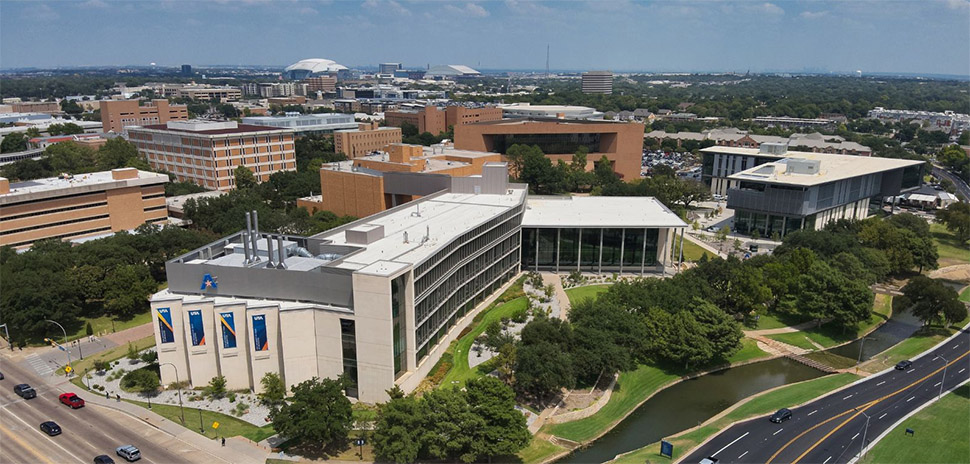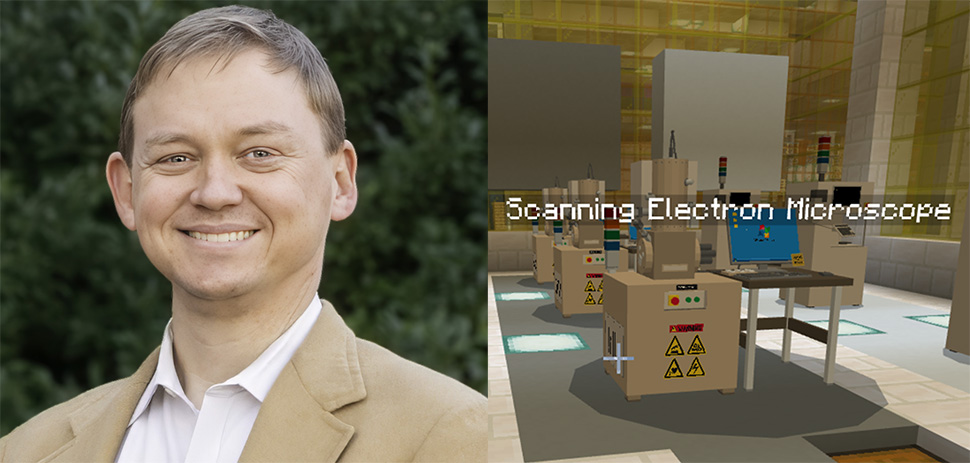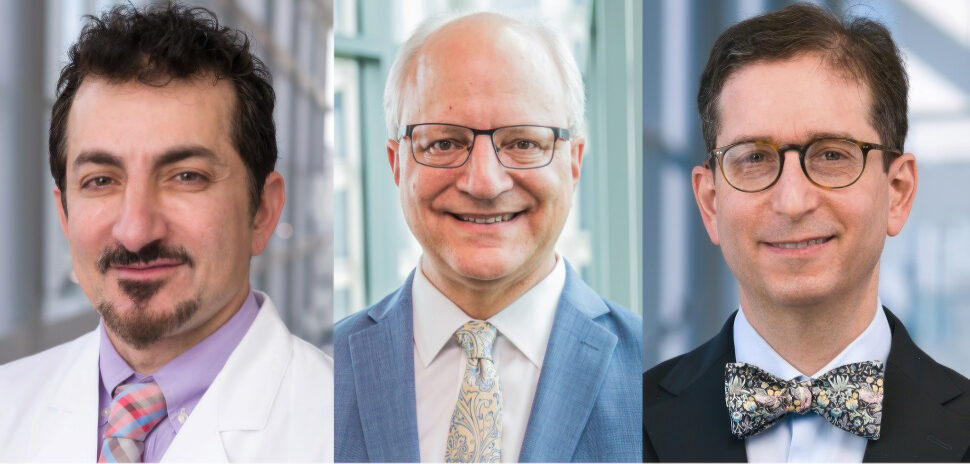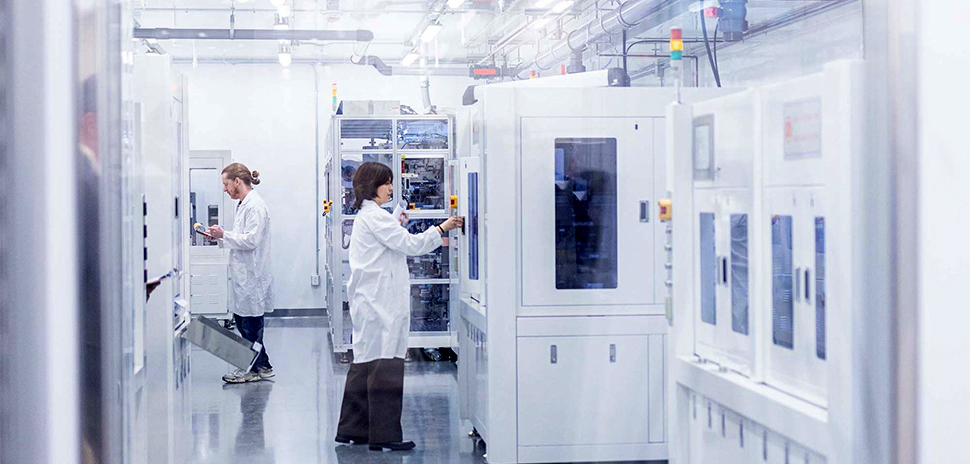
The University of Texas at Arlington says its new funding will revitalize facilities, foster innovation and develop top talent for Texas’ growing economy. [Photo: UT Arlington]
The University of Texas at Arlington has been awarded nearly $127 million from the UT System Board of Regents to upgrade classrooms, laboratories, and campus infrastructure. The funding is part of a broader strategy to expand UTA’s role in the Dallas-Fort Worth innovation and workforce ecosystem.
The three-year allocation, announced in September as UTA marks its 130th anniversary, will come from Permanent University Fund bond proceeds. University leaders said the investment will address deferred maintenance and position UTA for long-term growth as a top-tier research university.
“This investment in UT Arlington comes at a pivotal moment,” UTA President Jennifer Cowley said in a statement.
She added that support from the Board of Regents, Chairman Kevin Eltife, and Chancellor James B. Milliken will allow the university to renew its facilities in ways that benefit faculty, students, and UTA’s broader role as a leading research institution.

UTA President Jennifer Cowley
UTA holds a Carnegie R1 classification, a designation reserved for institutions with the highest levels of research activity. The university is one of only 187 schools nationwide—and among the top 5%—to have earned the status in 2025. In March, the university called the reaffirmation a milestone, having first achieved R1 status in 2015.
As part of its growing research enterprise, UTA is focusing on national and state priorities. In March, Cowley highlighted areas of high-impact research, including semiconductor technology, battery storage, AI data centers, energy grids, and medicine.
“What sets UT Arlington apart from other institutions is our ability to pursue and produce scientific research that is on the leading edge,” she said at the time. “We are advancing critical research across our nine colleges and schools right here in Arlington.”
Cumulative economic impact
That research activity has tangible economic returns, according to the university. Between 2018 and 2023, UT Arlington said it contributed more than $300 million to the national economy through its research programs. In 2024, its research activity contributed $59 million to the national economy, up 39% from 2023, according to a report from the Institute for Research on Innovation and Science (IRIS) earlier this year.
More broadly, UTA says its cumulative economic impact in Texas stands at $28.8 billion annually, driven by university operations, research, and its alumni network.
In Texas, the cumulative impact of the university and its large alumni base generates an annual economic impact of $28.8 billion, according to UT Arlington. With approximately 270,000 alumni, many of whom hold leadership roles at the 21 Fortune 500 companies based in North Texas, the university’s contributions stretch across industries and regions.
A 2023 Perryman report previously estimated the number at $27 billion.
‘Ambition and excellence’
UTA enrolls more than 41,000 students and is the second-largest campus in the UT System.
Regents Chairman Kevin Eltife said the investment “ensures UTA’s facilities reflect its ambition and excellence, supporting students, faculty, and the North Texas community for generations to come.”
The investment also comes as the region continues to expand its tech and STEM workforce. According to a 2025 CompTIA report, Dallas-Fort Worth’s tech workforce is pegged at 378,945, positioning it as the second-largest metropolitan tech hub by net tech employment. A UT Dallas economic report projects the region will add roughly 50,000 new STEM jobs between 2019 and 2029.
UTA’s allocation is part of a larger capital investment effort across the UT System. It follows a nearly $186 million commitment to the University of Texas at San Antonio for campus modernization.
UTA’s student publication, The Shorthorn, recently highlighted 130 years of UTA history in 10 landmark buildings. UTA has seen a lot of change throughout those years, wrote James Ward: “The university has seen multiple building renovations, upgrades and eight name changes throughout its existence.”
Now, with a renewed investment in its footprint, UTA is laying the foundation for what could define its next 130 years.
Quincy Preston contributed to this report.
Don’t miss what’s next. Subscribe to Dallas Innovates.
Track Dallas-Fort Worth’s business and innovation landscape with our curated news in your inbox Tuesday-Thursday.
R E A D N E X T
-

UT Dallas researcher Dr. Walter Voit transformed Minecraft’s 170-million-player universe into an advanced virtual training ground—for students and for AI agents tested by DARPA. His team’s Polycraft World uses gameplay to turn classroom theory into real-world expertise, covering topics from synthetic organic chemistry to nuclear plants to semiconductor facilities. Their new startup company, Pedegree Studios, has licensed the core technologies from the university to create a scalable digital pipeline for education and workforce development.
-

The new federal Alzheimer’s hub joins an elite network of 37 centers nationwide. Scientists from UT Southwestern, UT Arlington, and UT Dallas will decode dementia by exploring hypertension’s role, analyzing voice patterns with AI, and creating virtual patient models.
-

Researchers at the Texas Biomedical Device Center—or TxBDC—discovered a way to retrain the brain’s fear response using a tiny device—offering real hope to those suffering from trauma and military service-related Post-Traumatic Stress Disorder.
-

A new deep-learning system accurately distinguishes between nearly identical pollen grains from fir, spruce, and pine trees. The goal is to develop a comprehensive pollen identification system that can be applied across regions in the United States.
-

Backed by the Department of Defense and $200 million in private capital, the new facility helps companies prototype and scale battery technologies for both commercial use and national defense. The launch comes at a time when supply chain independence is a growing priority. Government and industry leaders recently got a first look.